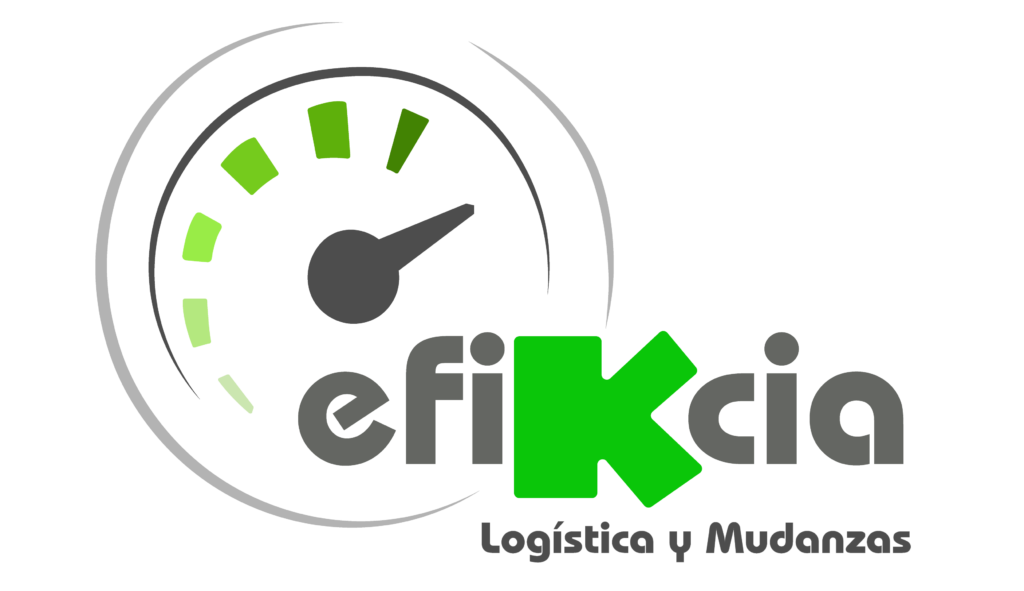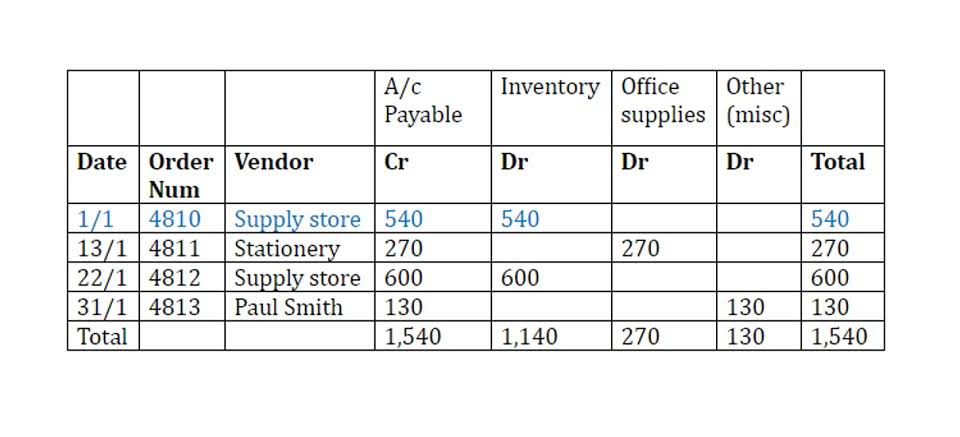11 Financial is a registered investment adviser located in Lufkin, Texas. 11 Financial may only transact business in those states in which it is registered, or qualifies for an exemption or exclusion from registration requirements. 11 Financial’s website is limited to the dissemination of general information pertaining to its advisory services, together with access to additional investment-related information, publications, and links. There are many reasons why people choose to use this accounting practice.
Declining Balance Method
- Understanding these differences is critical when serving business clients.
- While the entire cash outlay might be paid initially—at the time an asset is purchased—the expense is recorded incrementally (to reflect that an asset provides a benefit to a company over an extended period of time).
- Total balance sheet debt and net debt at the end of the quarter were $1.83 billion and $1.54 billion, respectively, and the consolidated total leverage ratio was 3.8x.
- On the other hand, there are several depreciation methods a company can choose from.
- However, the information gained from such accounting might not be significant because normally intangibles do not account for as many total asset dollars as do plant assets.
This linear method allocates the total cost amount as the same each year until the asset’s useful life is exhausted. It is the concept of incrementally charging the cost (i.e., the expenditure required to acquire the asset) of an asset to expense over the asset’s useful life. Accountants use amortization to spread out the costs of an asset over the useful lifetime of that asset. The double-declining balance (DDB) method is an even more accelerated depreciation method.
Treatment in the Financial Statements
Furthermore, amortisation enables your business to possess more income and assets on the balance sheet. If a company is going to amortise something, it will have an attached amortisation schedule. This schedule is a table detailing the periodic payments of said loan amount or asset. These regular installments are generated using an amortisation calculator.
What is Accumulated Amortization?
It allows borrowers to anticipate their future financial obligations, ensuring that they have adequate funds to cover these obligations when they come due. For tax purposes, amortization can provide a tax benefit as it reduces taxable income. The deductibility of amortization depends on tax laws and regulations, which may vary depending on the type of intangible asset and jurisdiction. If a borrower refinances the loan, makes extra payments, or misses payments, the original amortization schedule is modified. Extra payments reduce the principal faster, potentially shortening the loan term and reducing the total interest paid.
Integra LifeSciences Reports Second Quarter 2024 Financial Results
The workspace is connected and allows users to assign and track tasks for each close task category for input, review, and approval with the stakeholders. It allows users to extract and ingest data automatically, and use formulas on the data amortization refers to the allocation of the cost of assets to expense. to process and transform it. Finance Strategists has an advertising relationship with some of the companies included on this website. We may earn a commission when you click on a link or make a purchase through the links on our site.
Related AccountingTools Courses
The length of the loan (loan term) and the interest rate are crucial factors that affect the amortization schedule. Longer-term loans will generally have lower monthly payments, but result in higher total interest paid over the life of the loan. Conversely, a higher interest rate will increase the total cost of the loan. Calculating amortization expense involves spreading the cost of an intangible asset over its useful life. Here’s a guide on how to calculate amortization expense, primarily using the most common method, the straight-line method.
- If an asset is depreciated for financial reporting purposes, it’s considered a non-cash charge because it doesn’t represent an actual cash outflow.
- Amortisation is the acquisition cost minus the residual value of an asset, calculated in a systematic manner over an asset’s useful economic life.
- First, a debit to the amortisation expense is entered, then a corresponding credit to the intangible asset account is entered.
- Depreciation is recorded to reflect that an asset is no longer worth the previous carrying cost reflected on the financial statements.
- It appears as an expense on the income statement, which reduces the company’s net income for the period.
«Our second quarter financial performance continues to reflect the persistent market demand for our diversified portfolio and the commitment of our teams,» said Jan De Witte, Integra LifeSciences’ president and chief executive officer. “Using the learnings from our Boston facility, we are continuing a thorough analysis of our operations and are committed to enhancing the quality, reliability and resilience of our manufacturing operations and supply chain. (2) In association with the Company’s acquisition of eOne, the Company incurred stock compensation expenses of $1.9 ($1.7 after-tax) in the six months ended July 2, 2023.
Also, considering that the use of certain assets might have social or environmental implications, the application of amortization can help represent these costs fairly. This, in turn, can effectively contribute towards CSR initiatives, supporting companies’ commitment towards environmental stewardship, fair labor practices, or other socially responsible activities. Loan amortization ensures that even though your monthly repayments remain consistent, the interest portion decreases with time, allowing you to pay off the principal more quickly. Amortization, in the case of a loan, often follows the principle of the installment method where each payment to the lender includes both interest expense and principal repayment. Over time, the interest component decreases while the principal component increases. The two basic forms of depletion allowance are percentage depletion and cost depletion.
It involves determining the cost of acquiring or producing the asset, including related costs necessary to get the asset ready for use. However, it’s essential to understand that the value of the tax shield depends on the company’s taxable income and the country’s corporate tax rate where the company operates. When a legal life does not exist, as for goodwill, the selection of service life is potentially more flexible. This reflects that the asset has been fully expensed and is no longer on the balance sheet.




